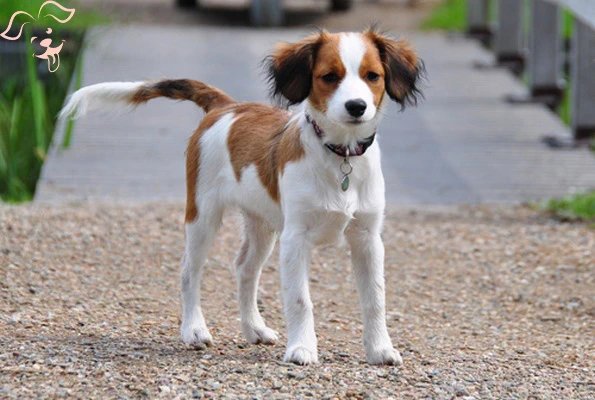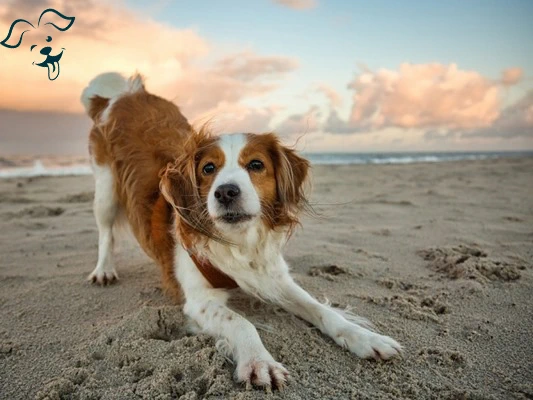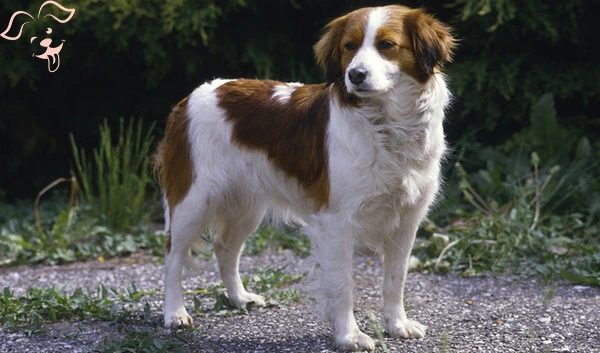CARING WITH FAMILY
|
| The level of affection that a particular breed is prone to display towards family members and familiar individuals varies significantly. Certain breeds tend to be distant and indifferent towards everyone except their owners, while there are others that warmly embraceveryone, they are acquainted with treating them as their closest companions. |
LOVE WITH CHILDREN
Unwise
Good With Children
|
| The level of tolerance and patience that a breed exhibits towards children, as well as its overall family-friendly nature are essential considerations. It is crucial to supervise dogs when they are around young children or children of any age who have limited exposure to dogs. |
BEHAVIOR WITH DOGS
Unwise
Good With Other Dogs
|
| The overall sociability of a breed towards other dogs can vary. While it is important to always supervise dog interactions and introductions, certain breeds tend to have a natural predisposition for getting along with other dogs, whether it is within the home or in public settings. |
SHEDDING LEVELS & MANAGEMENT
No Shedding
Hair Everywhere
|
| The amount of fur and hair that a particular breed tends to shed is an important factor to consider. Breeds with high shedding patterns will require more frequent brushing and they are more likely to trigger specific types of allergies. Additionally, they may necessitate more consistent efforts in terms of vacuuming and using lint rollers to manage fur accumulation. |
COAT GROOMING STANDARDS
|
| When assessing a breed, it is crucial to consider the frequency of bathing, brushing, trimming and other types of coat maintenance required. This evaluation should factor in the time, patience and budget you have available for such care. Remember that all breeds require regular nail trimming as part of their grooming routine. |
DROOLING INTENSITY
Less Likely to Drool
Always Have a Towel
|
| The tendency of a breed to drool is an important aspect to consider. If you prefer cleanliness and dislike the idea of dogs leaving ropes of slobber on your arm or creating big wet spots on your clothes breeds with a high drooling tendency may not be the most suitable choice for you. |
COAT STYLES GUIDE |
| Double, Wavy |
| COAT SPECTRUM |
| Medium |
FRIENDLINESS
Reserved
Everyone Is My Best Friend
|
| The level of welcoming behavior a breed typically exhibits towards strangers varies. Certain breeds tend to be reserved or cautious around all strangers regardless of the location. On the other hand, there are breeds that happily embrace the opportunity to meet new people whenever they come across one. |
LIVELINESS
Only When You Want To Play
Non-Stop
|
| The level of enthusiasm a breed displays for play even beyond puppyhood is worth considering. Certain breeds will continue to enjoy games like tug-of-war or fetch well into their adult years. On the other hand, there are breeds that are content with relaxing on the couch with you for the majority of their time. |
VIGILANCE INTENSITY
What's Mine Is Yours
Vigilant
|
| The tendency of a breed to alert you of the presence of strangers is an important trait to consider. Some breeds are more inclined to react to any potential threat be it the mailman or a squirrel outside the window. These breeds are more likely to warm up to strangers who enter the house and are accepted by their family. |
ADAPTATION CAPACITY
Lives For Routine
Highly Adaptable
|
| The adaptability of a breed to handle change is an important aspect to consider. This includes their ability to adjust to changes in living conditions, noise levels, weather, daily schedules and other variations in day-to-day life. |
OBEDIENCE LEVEL
Self-Willed
Eager to Please
|
| The ease of training and the willingness of a dog to learn new things are significant factors to take into account. Some breeds have a strong desire to please their owner and are generally more eager to learn. In contrast, there are breeds that may have a more independent nature and prefer to do things on their own terms, regardless of commands or training efforts. |
STAMINA LEVEL
|
| The exercise and mental stimulation need of a breed is important considerations. High energy breeds require regular exercise and mental engagement to fulfill their energetic nature. They are typically eager for adventures, enjoy running, jumping and playing throughout the day. On the other hand, low energy breeds are generally content with a more relaxed and laid-back lifestyle. They are often happy to spend their time lounging around and snoozing. |
VOCALIZATION
|
| Medium |
LEARNING CURIOSITY LEVEL
Happy to Lounge
Needs a Job or Activity
|
| The mental stimulation needs of a breed are vital for their overall well-being and happiness. Purpose-bred dogs in particular often have jobs that require decision-making, problem-solving, concentration and other cognitive qualities. Without adequate mental exercise, they may become bored and resort to creating their own activities, which may not align with what you would prefer. Providing the necessary mental stimulation for a breed is essential to prevent behavioral issues and ensure their mental health. |
| COLORS |
|
Description
|
Registration Code
|
|
White & Red
|
214
|
|
| PATTERNS |
|
Description
|
Registration Code
|
|
Black Tips
|
053
|
|






























FRIENDLINESS
LIVELINESS
VIGILANCE INTENSITY
ADAPTATION CAPACITY